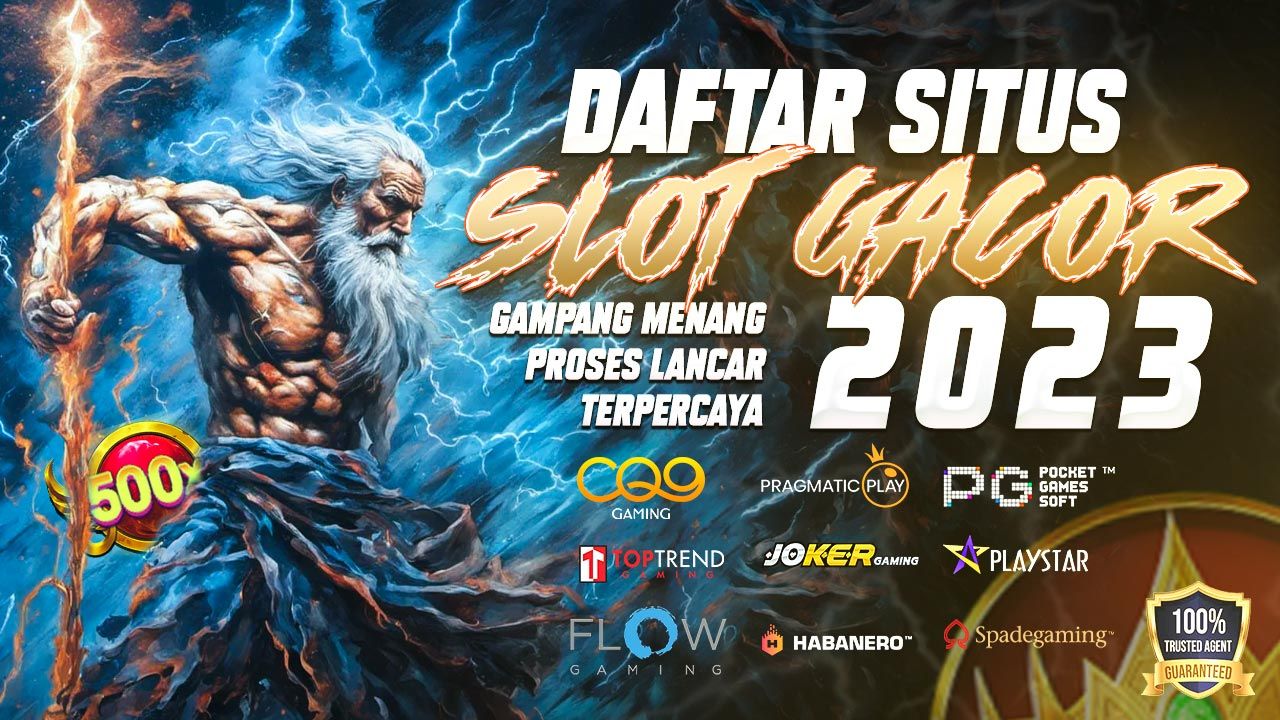1
/
of
1
My Store
Sultan4d ⚡️link slot gacor hari ini dengan kesempatan maxwin terbaik
Sultan4d ⚡️link slot gacor hari ini dengan kesempatan maxwin terbaik
Regular price
Rp 0,00 IDR
Regular price
Unit price
/
per
Couldn't load pickup availability
Siap Mengantarkan Anda Pada Pintu Kemenangan dengan kepuasan dan jaminan RTP terbaik untuk para pemburu slot gacor hari ini serta sultan4d slot gacor maxwin
Share


